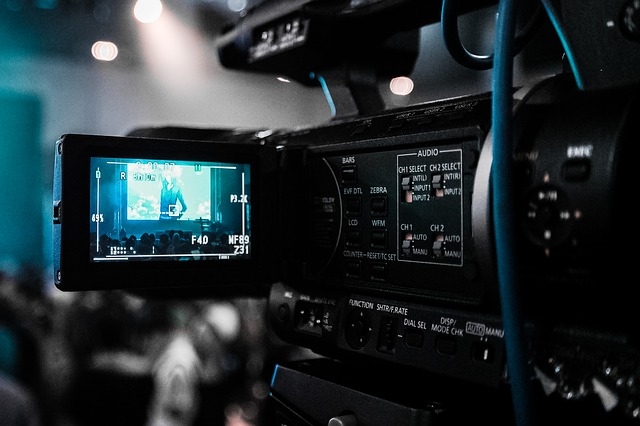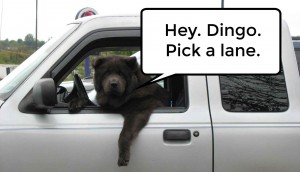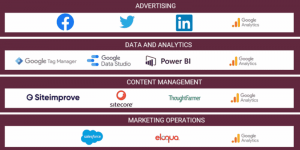— August 23, 2017

StockSnap / Pixabay
The saying from a video guru in the early noughties would have gone something like this…
‘A picture paints a thousand words; a video shows a thousand pictures.’
So, what makes video more powerful than imagery?
The simple answer is that it can convey emotion in a way static imagery or words can struggle to do.
Now, consider some psychological principles to work into the thinking around your creative, and that video could be on its way to being shared amongst friends, family, colleagues or whoever your target audience is, for all the right reasons.
Here’s some pointers from Jonah Berger’s book titled ‘Contagious’ – looking at virality – that you should be factoring into your next videos:
- Emotional response – a video that stirs emotion – whether humour, anger or sadness – is likely to make an impact, particularly if there’s a feel-good factor at the end for the viewer which will lead them to share.
Moreover, if there’s a story that involves a high level of emotional content for the viewer, this will lead them to pay further attention as the human brain stays more focused by consuming a narrative. This emotional connection is likely to heavily influence decision-making, and potentially help your audience feel more connected with your brand.
And what better example, than with the use of a puppy
- Social currency – if a video is perceived to be ahead of the curve or showing that you’re ‘in the know’, then we’re more likely to share it with our network.
We’re all aiming to look good in front of our friends, family and colleagues – so we’re only going to share videos that are quality and have a reason to be shared – because sharing last week’s video will make people think we are boring.
- Practical value – people will share useful information that they see being beneficial to friends, family or colleagues for its helpful nature. Therefore, if the video that you’ve created is of value, watch the view count sky rocket as you’re pleasing your audience’s video taste buds and there’s a level of practicality to them watching the video.
The above techniques are key psychological themes, but don’t forget to influence your audiences’ senses too…
- Visual – the brain responds differently to certain colours. As an example, when we see red the brain is triggered to pay attention due to evolutionary hardwiring that tells us it’s a warning sign and precaution is a necessity. This video is a good example of bringing blood to the forefront of the message, where colours other than red have been deliberately dulled down
Despite not having the same impact visually and psychologically as red, other colours in the spectrum have their own impact in engagement: blue portrays trust and reliability; yellow provides warmth and optimism; green is associated with health, nature and relaxation; whilst black evokes strength, power and luxury.
- Audio – music helps to aid your video and the story you’re telling, underpinning your video with a catchy soundtrack activates parts of the brain responsible for rewarding you, which also helps to encourage engagement.
In a similar vein to pop songs that you may (or may not) enjoy a sing along to, natural sounds – such as birdsong – are also able to lead to a feel-good sensation in the brain, based on associations that have taken place throughout human evolution.
Ultimately, using music and sound design to supplement your film can help enhance the delivery of its important message(s) and evoke the emotional chords you’re aiming to strike.
Check out this video that combines both of these senses to grip the viewer:
Digital & Social Articles on Business 2 Community
(102)







